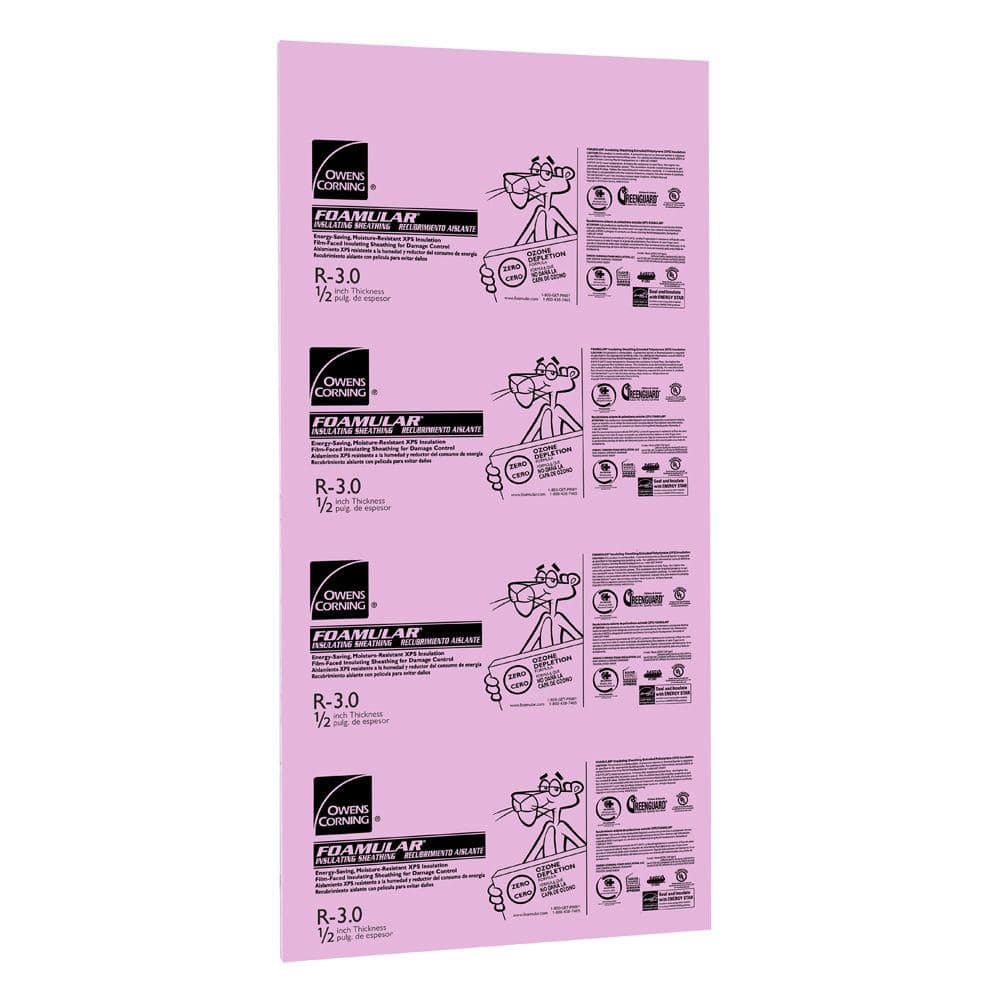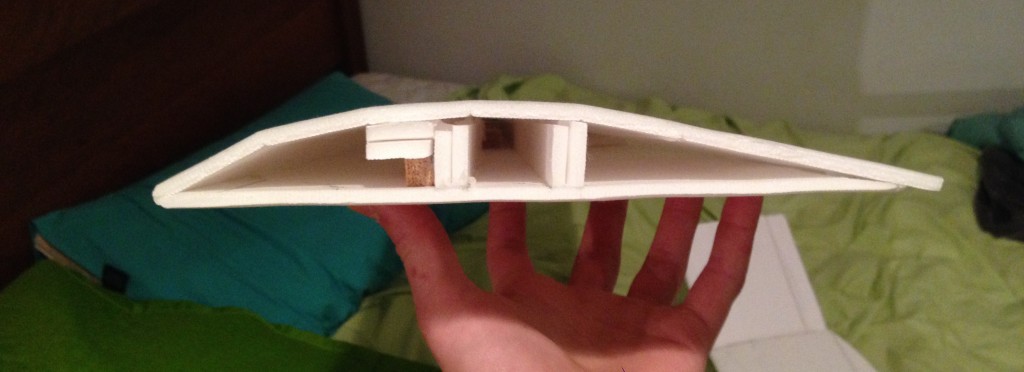Throughout history, airplanes have been built out of many materials. Early planes were constructed of wood and canvas, and then metal and aluminum. In recent years, composite materials like fiberglass and carbon fiber have become increasingly common. Model airplanes builders employ yet another material in their construction: foam.
Rigid foams are a favorite for model aircraft because they are light, durable, cheap, and easy to work with. There are are also many different types of foam to choose from with varying density, strength, thickness, and flexibility.
Personally, I typically build out of a foam known among model pilots as DTFB (for Dollar Tree Foam Board). DTFB is basically the foam board you might find at CVS or Staples, but it is significantly lighter and cheaper. The foam board is a 20″x30″ sheet of 3/16″ foam sandwiched between sheets of thin paper. Each sheet costs $1, so it is a great material for quickly and cheaply constructing airframes using origami-like building techniques.
As much as I love DTFB, it doesn’t quite make the cut for space flight, so I need an alternative building material.
These are the criteria it has to meet
- Cheap and readily available
- Suitably strong and light for airframe design
- Relatively non-toxic and easy to shape/carve
- Tolerates temperatures down to -60C
- Tolerates low pressure of 0.01atm
- Waterproof
Surprisingly, this leaves us with quite a few options. Many non-skinned closed-cell foams meet these criteria, but the one that stands out in terms of availability and workability is Foamular Extruded Polystyrene (XPS). This is more commonly known as pink insulation foam, available at most hardware stores.

Pink insulation foam from home depot
This is a relatively dense closed-cell foam. Because it is cheap, ubiquitous, and easy to work with, its fairly popular among modelers. There is not much information available about the foam’s performance with in low pressure and low temperature environments. Just to check, I reached out to David Windestål, who attempted a similar mission several years back. He seemed confident that XPS would be up to the task.
I have purchased two huge sheets of the stuff, and will be using it to make my first few prototypes!




